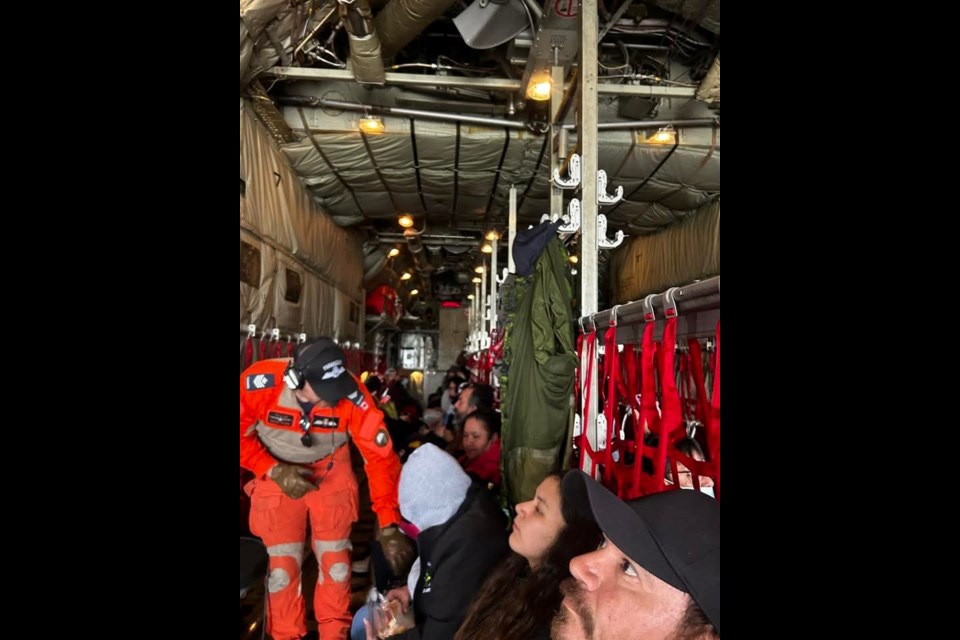THUNDER BAY – The City of Thunder Bay has set itself up as a transportation hub for evacuees affected by forest fires.
Across Northwestern Ontario, particularly north of Red Lake and north of the Sioux Lookout area, are “still experiencing quite a bit of control problems with some of the wildfires,” said Dave Tarini, deputy fire chief for Thunder Bay Fire Rescue.
The Red Lake 12 fire is 6 to 7 km from Sandy Lake First Nation and is producing heavy smoke, reducing visibility.
Saturday afternoon, an evacuation order was issued for all residents of Sandy Lake. Evacuees were transported by Canadian Forces Hercules aircraft to Thunder Bay.
“These are extraordinary circumstances, and we are doing everything possible to support the safe arrival and temporary accommodation of Sandy Lake residents,” said Mayor Ken Boshcoff in a statement issued on Saturday, June 7.
The aircraft will bring nearly 1,700 evacuees over the next few days.
However, at this time, the city is not hosting any evacuees.
“We are acting as a transportation hub, so other communities in Southern Ontario that have the capacity to take the larger numbers of evacuees have set themselves up as host communities,” Tarini said.
He said evacuees from northern communities are being held at Thunder Bay airport until the private contracting company hired by the province and emergency management Ontario field officers can relocate them.
“They hope it's a short stopover prior to moving them on. This kind of travel can be very stressful on folks, so we're assisting with some of the contingency planning in the event that folks are unable to make that second leg of the journey and have to stay overnight here in Thunder Bay,” Tarini said.
Thunder Bay cannot host evacuees at this time as the city hotels are currently at capacity, according to Tarini.
“What leads to that decision-making process is predicated on capacity, so we just hit a spot in time where there was not a lot of hotel capacity to bring in the volumes of folks that they were looking for,” Tarini said.
He said municipalities like Mississauga, the Greater Toronto area, Niagara Falls, and Barrie have “stepped up.”
“Any time that they do evacuations, obviously, you know, life safety concerns are the number one priority. But it's we're always adverse to splitting up members of the community and spreading them across multiple locations, if possible,” Tarini said.
“We have a location in Southern Ontario as an example that can take 800 to 1000 evacuees, that's a preferred location because then members of the community can all remain together as a group as opposed to being parcelled out over multiple locations and sometimes greater distances.”
